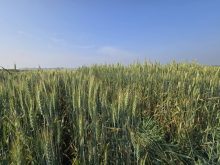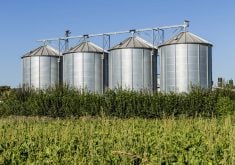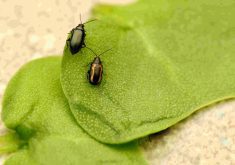There have been huge crop acreage shifts in the last 15 years, but expert says what happens next is just a guesstimate
Chuck Penner confirmed what most already knew — making price and acreage forecasts isn’t an exact science.
“I’m in this business, but I really have to admit that they are really just guesstimates,” the president of LeftField Commodity Research said at the recent Canada Grains Council annual meeting.
“When these people make these crop forecasts by driving around through the Prairie provinces, I kind of take them with a few grains of salt because they are really just guesstimating. I really shouldn’t admit that, but you all know that already anyway.”
Read Also

Gene editing digs deeper space in Canadian plant breeding
More Canadian research into crop variety development is incorporating gene editing, and one researcher notes that Canada’s regulatory approach to gene editing will help drive innovation
If the past is any guide, there will undoubtedly be huge changes in production patterns. Canola accounted for just 15 per cent of Prairie acreage in 1996 — last year, it was 37 per cent. Meanwhile wheat acreage in that time period dropped six percentage points (to 31 per cent), coarse grains by seven points (to 19 per cent), and summerfallow almost disappeared, falling from nearly one in five acres in 1996 to three per cent last year.
So what are Penner’s guesstimates?
More Canada Prairie Spring, less hard red spring and “the big crops will get bigger.”
“That includes canola because of the plant breeding and processing investment,” he said.
Mind you, Penner admitted, he figured Canadian canola-crushing capacity was expanding too quickly, but conceded he’s been proven wrong, so far.
He also predicts fusarium head blight will continue to push wheat and barley out of the eastern Prairies, while corn and soybean plantings will expand — until there’s a wreck.
“In Western Canada once we have frost for a couple of years in a row, that’s going to stop the expansion,” he said.
He also sees a two-decade trend in flax continuing. In 1996, Manitoba had 80 per cent of flax acres, but today it’s Saskatchewan with an 80 per cent share and Penner said he expects the shift west to continue.
And if you’re looking for a wild card, how about a rebound in feed grains?
“If supply management ends up disappearing and suddenly we’re going to be able to export chicken and dairy around the world is that going to introduce demand for feed grains? Quite possibly,” he said.















